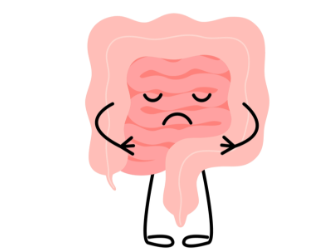Inflammatory Bowel Disease (IBD)
IBD: Finding Relief & Managing Symptoms

What is Inflammatory Bowel Disease (IBD)?
Inflammatory Bowel Disease (IBD) is a term used to describe disorders that involve chronic inflammation of the digestive tract. The two main types of IBD are:
Crohn’s Disease: This type can cause inflammation anywhere along the lining of the digestive tract, and often spreads deep into affected tissues.
Ulcerative Colitis: This type affects the lining of the large intestine (colon) and the rectum. It usually occurs in a continuous manner, starting at the rectum and spreading upwards.
Symptoms
Common symptoms of IBD include, but are not limited to:
Persistent diarrhea
Abdominal pain and cramping
Blood in the stool
Reduced appetite
Weight loss
Fatigue
Diagnosis
IBD is diagnosed using a combination of methods:
Blood tests can check for anemia or signs of infection.
Stool tests can detect blood, inflammation, and infections.
Colonoscopy allows visual inspection of the entire colon and the terminal ileum while collecting tissue biopsies.
Endoscopy can be used to view different parts of the gastrointestinal tract, depending on the symptoms.
Imaging tests like CT scans or MRI scans are used to see detailed images of the bowel and tissues outside the bowel.
Treatment
Treatment of IBD usually involves a combination of approaches:
Medication: The goal is to reduce the inflammation that triggers the symptoms. Common medications include anti-inflammatory drugs, immune system suppressors, antibiotics, antidiarrheal medications, and pain relievers.
Surgery: In severe cases, surgery may be necessary to remove damaged portions of the gastrointestinal tract.
The management of IBD often requires a multidisciplinary approach, including gastroenterologists, dietitians, and sometimes surgeons.
